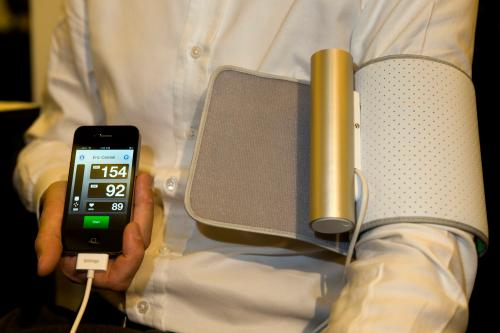Medical campuses are key actors in innovation districts, an emerging urban analogue to the suburban research park as described in a recent Brookings report. As such, they are well-positioned to capitalize on key attributes of innovation districts: technology-fueled change and connecting residents of adjacent areas to skill-building and employment opportunities.
Information technology (IT) is increasingly embedded in healthcare delivery, with electronic systems providing clinical decision support tools and allowing practices to more efficiently track patient data and coordinate care across providers. Health IT is helping practices operate more efficiently, increase quality of care, and improve health outcomes, but to be truly transformational, it demands a workforce at all levels with a baseline technological fluency.
With appropriate training and supervision and a strong IT infrastructure, incumbent and future workers in supportive and assistive positions—such as medical assistants and other patient care aides—can take on greater responsibility for basic preventive and chronic disease care and act as health coaches. For example, they can conduct screenings and simple tests, provide immunizations, and coach patients with chronic diseases such as diabetes or blood pressure by monitoring their home test measurements and supporting patient self-management goals. By taking on routine tasks, these staff members free up doctors and nurses to see patients with more complex conditions and provide diagnostic and treatment services for which their more specialized education makes them uniquely qualified.
As healthcare institutions grapple with cost pressures and experiment with payment and care delivery models, they should look to these workers as resources. Assistive staff who take more responsibility as part of the healthcare team for the quality of care may earn higher wages due to their increased skills and productivity, which is obviously to the benefit of workers in what have historically been fairly low-wage occupations. However, resource-constrained healthcare providers may well find these increased wages pay off through reduced turnover and the increased efficiency associated with all healthcare team members working at the top of their capacity and training.
Medical campuses in innovation districts are already committed to providing high-quality care and promoting economic growth, and these goals can be married to economic mobility by providing lower-wage workers and job candidates the chance to upgrade their skills and earnings.









Commentary
How Innovation District Medical Campuses Can Help Low-Wage Workers
June 12, 2014